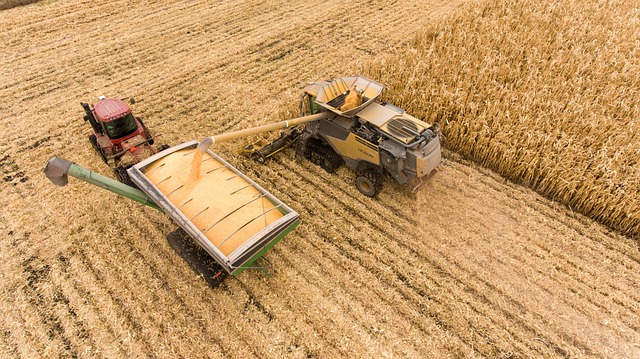Driving Forward: The Sustainable Connection Between Transport and Rural Development in Agriculture
As we navigate through an ever-evolving landscape, the interrelation between transport sustainability and rural development in agriculture is becoming increasingly apparent. Rural communities form the backbone of our food systems, and they’re facing unique challenges that demand innovative solutions.
Transport serves as the vital artery in this intricate ecosystem, linking rural farmers to markets, resources, and technological advancements. However, traditional transport methods often relied heavily on fossil fuels, contributing to environmental degradation. The tipping point for change has arrived, with sustainable transport options paving the way for a more resilient future.
The Role of Sustainable Transport in Rural Development
In the context of rural development, sustainable transport can enhance agricultural practices by providing reliable access to essential inputs like seeds, fertilizers, and machinery. Implementing eco-friendly solutions—such as electric vehicles, bicycle transport, and improved public transit—reduces the carbon footprint while offering rural residents more cost-effective means of transportation.
Moreover, when transport systems are efficient, they empower rural communities by facilitating better access to education, healthcare, and market information. Farmers who can easily transport their goods can sell their produce at fair prices, increasing economic stability. This accessibility forms a cycle of growth, where improved transport infrastructure enhances agrarian productivity and overall community well-being.
Innovations Driving Change
Emerging technologies are also a vital part of creating sustainable transport solutions. Initiatives like drone deliveries and autonomous vehicles can significantly reduce the logistical burdens encountered by rural farmers. For instance, these technologies not only cut transportation costs but also minimize delays that can lead to spoiled produce, thereby supporting agricultural sustainability.
Incorporating renewable energy sources into transport systems further aligns with the principles of rural development. Solar-powered vehicles or biofuel generated from agricultural waste can provide much-needed alternatives that benefit both the environment and local farmers. These innovations illustrate the depth of potential lying within the symbiosis of transport and agriculture.
Community Engagement and Policy Support
However, the transition to a more sustainable transport system in rural areas doesn’t solely rely on technology; community engagement plays a crucial role. Involving local farmers and residents in decision-making processes ensures that the solutions developed are tailored to their needs. When communities take ownership, the commitment to sustainable practices grows stronger.
Moreover, supportive governmental policies can act as levers for change. Incentives for green transport initiatives, subsidies for electric vehicles, and investments in rural transport infrastructure can catalyze substantial progress. As these policies unfold, the synergy between transport sustainability and rural development can foster economic vitality and environmental stewardship alike.
As we drive forward into this new era, it’s essential to accentuate the intrinsic connections between transport and agriculture. The path toward sustainable transport in rural areas is not merely a technical challenge; it’s a profound opportunity to revitalize communities, enhance food security, and safeguard our planet for future generations.




